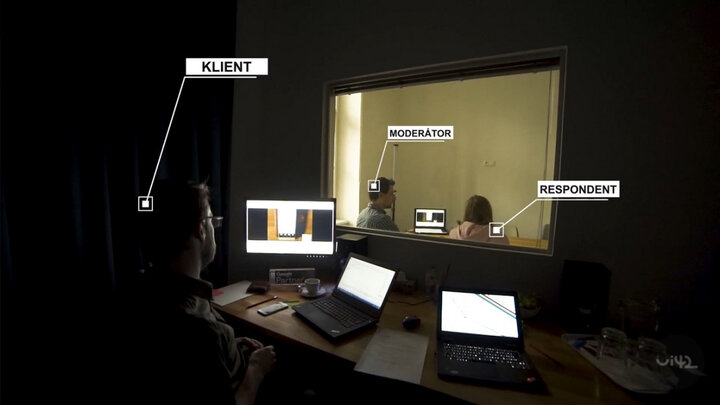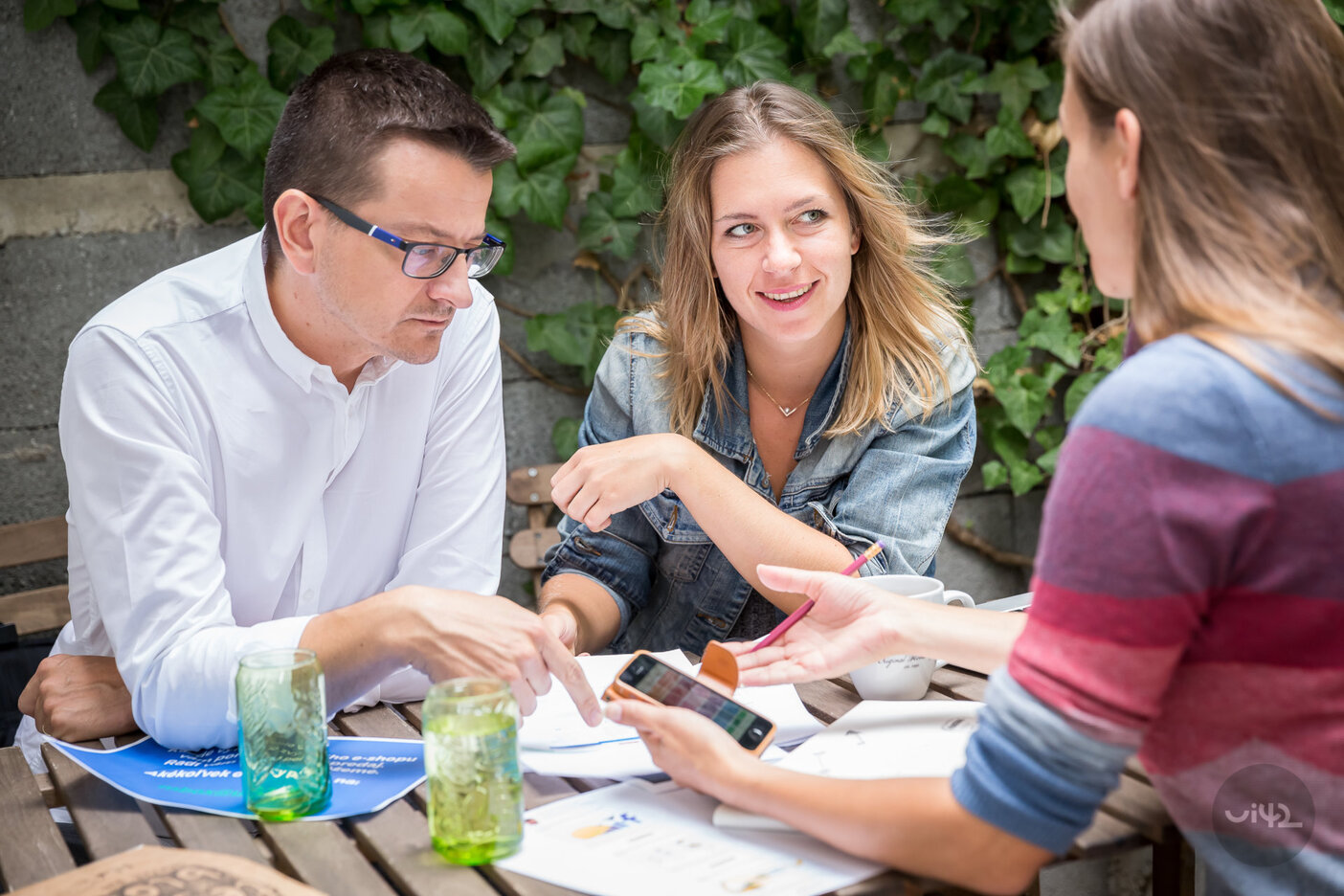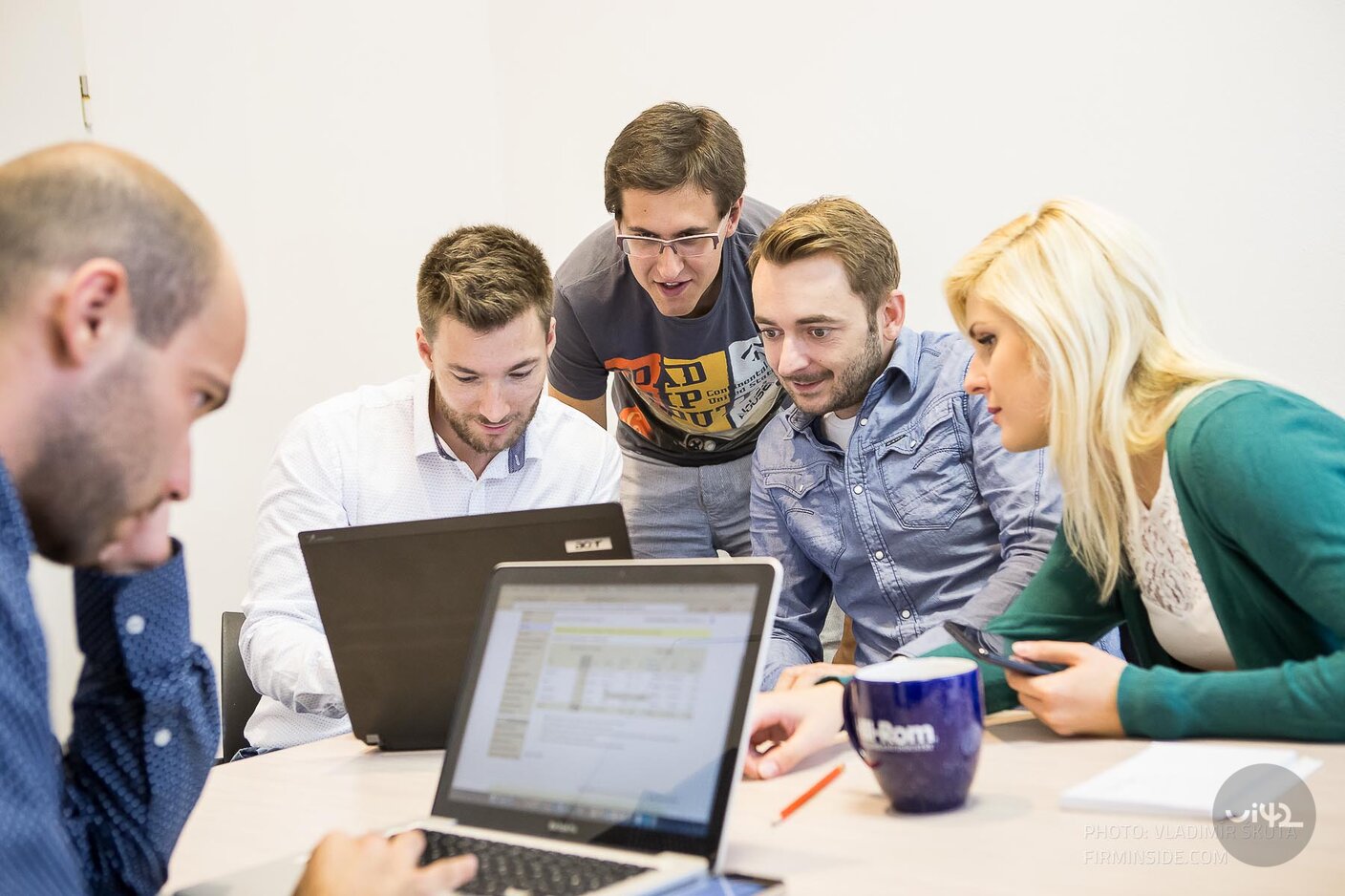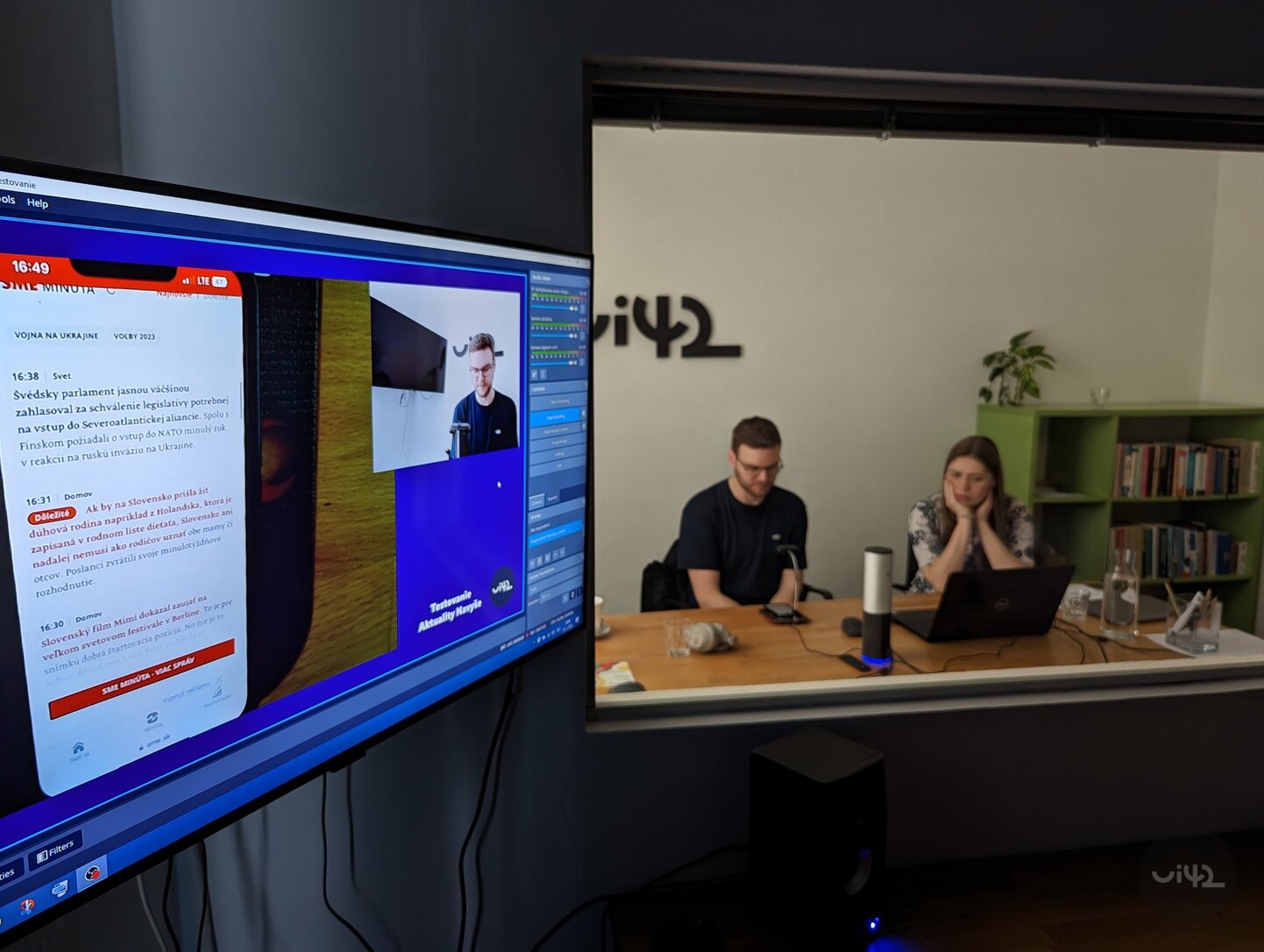When developing a product or service, it is important to listen to the voice of the customer. UX testing will help you understand how users interact with your product or service and identify usability issues that may prevent successful use. But how does such UX testing proceed?

What is UX testing?
UX testing is the process of testing the usability of a website under the guidance of experts (agency) in the presence of the client. It monitors the user while working with the website/online store in order to find out what helps customers. And conversely, what hinders them in completing testing tasks. UX testing takes place in a so-called UX laboratory.
According to our many years of experience, UX testing is an experience that will change your approach to further product development.
Thanks to well-targeted advice in the field of UX from the company ui42, we are able to continuously improve our online services. UX testing and consultations contribute to making our product easy to use for our customers. Not just a partnership approach, but also a high degree of professionalism and expertise in the subject matter contributed to absolute satisfaction and therefore we recommend ui42 with all ten.
Tomáš Sakáč, 4ka
What is a UX laboratory?
The UX laboratory, or UX lab for short, is a space consisting of two separate rooms separated by opaque glass where website testing takes place. The basic rule is to maintain calm in the space where testing is conducted, thus not disturbing the quality of the testing. In the observation room, we recommend concentrating as many people from the client's team as possible. Why? It is a truly exceptional situation when you have the opportunity to watch user behavior on your website/online store live.
How does UX testing work?
A list of suitably chosen questions is prepared in advance with the client. These are gradually asked by the moderator (expert from the agency) to the respondent (potential customer). The questions are asked without any prompting for the correct answer or influencing the given answer.
During the testing, at least 5 participants with the same assignment take turns with the moderator. The entire process is observed by an observer (another expert from the agency) behind opaque glass in another room. The observer records all significant information from the respondent's answers. Ideally, the client sits with the observer and has the opportunity to observe the entire testing together with the agency.
UX testing is recorded on video and audio, so the client can return to the recordings at any time. After the actual testing in the UX lab, the results are processed. The agency evaluates them and presents them to the client along with recommendations. The results and recommendations will be more effective the sooner you implement them.

Recruitment of participants - or who actually tests these websites?
It may seem that anyone can test, for example, random or rather willing acquaintances from the friend list on Facebook. Realize that a prerequisite for well-conducted usability testing is to have relevant users from your target group. Without quality participants, you will not get to the expected findings. However, this does not mean that these users are "professionals"; certain rules also apply when selecting participants.

How many users are needed for UX testing?
For qualitative research, which is usability testing, 5 testing participants are sufficient. The actual testing takes place with only 1 participant at a time, who has not received any training beforehand. Nor has he been otherwise familiarized with the functioning of the website/online store.













